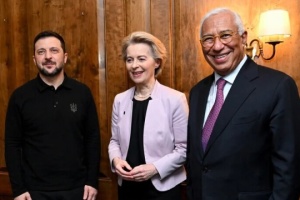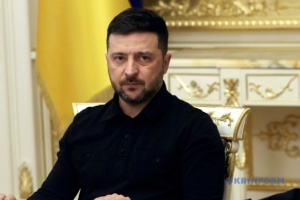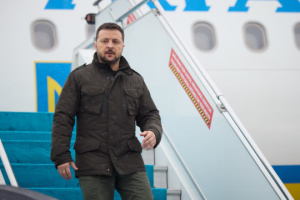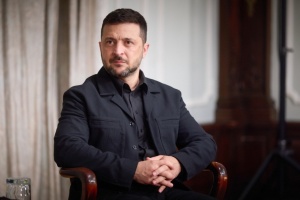
The main purpose of Russian disinformation is to make sure nobody trusts and understands anything
Following the illegal occupation of the Crimean Peninsula by Russia and the outbreak of the war in eastern Ukraine, Moscow has shown one more time how widely it neglects international law and how ruthless its acts in information warfare are.
In 2014, a new stage of the information war against Ukraine started with a new force and unprecedented scale, with the widespread use of disinformation, manipulations, fake news and outright lies. As a counteraction, the media resource called StopFake.org appeared in Ukraine in 2014. It was designed to expose Russian lies in the media. Over five years, StopFake has accumulated a wealth of experience, collecting examples of Russian disinformation, mapping the distribution ecosystem of disinformation and its influence on Ukraine and other countries in different parts of the world. The main lessons learned during these years were presented by Yevhen Fedchenko, a co-founder and chief editor for StopFake during his numerous visits to different countries. You can find the main points below.
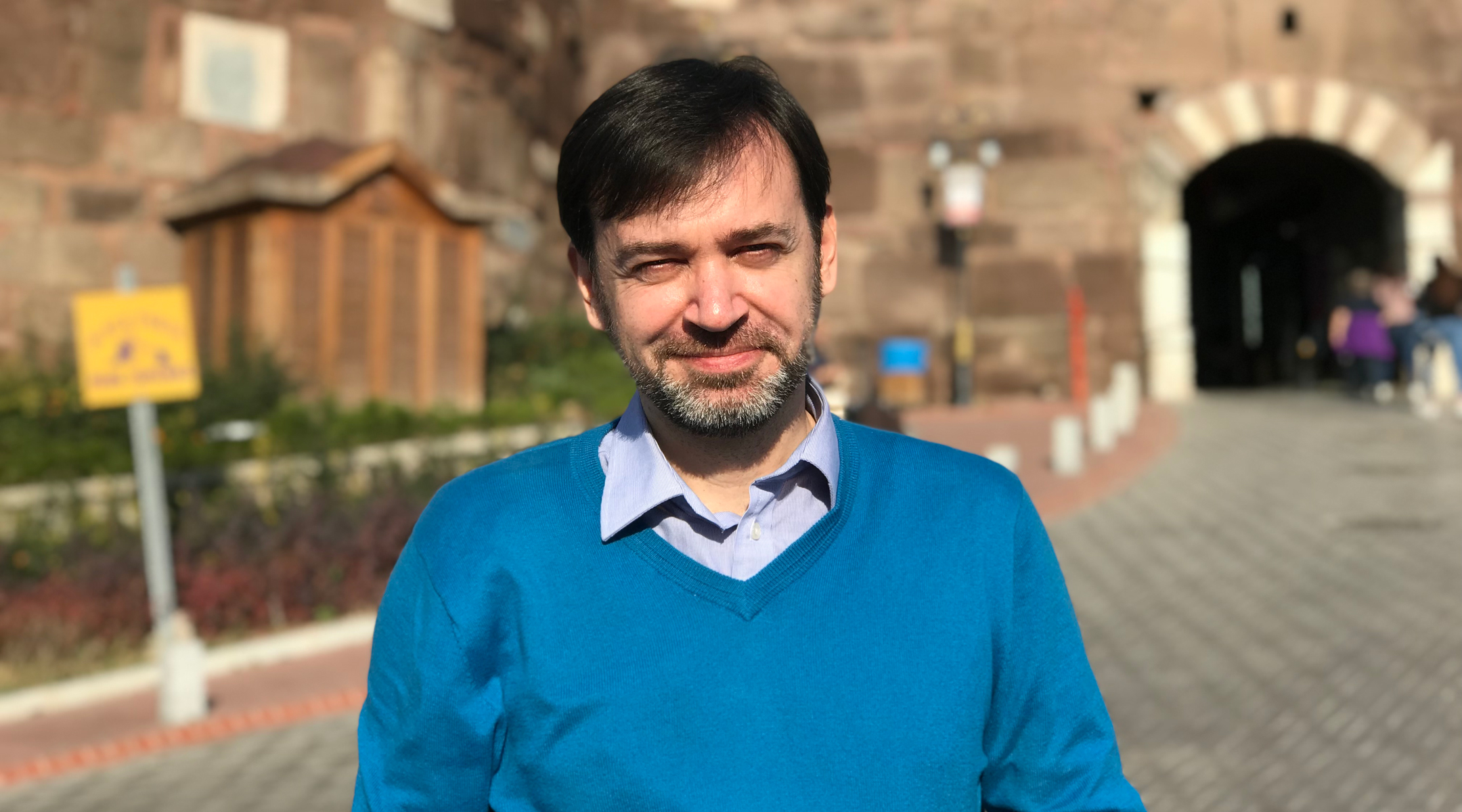
UKRAINIAN EXPERIENCE IS SUITABLE FOR MANY COUNTRIES
Information warfare is universal nowadays. Sometimes we can hear people saying that information warfare is a big topic for Ukraine because of that kinetic war that Russia is conducting against Ukraine. Yes and no, because in hybrid warfare with a strong information warfare component you do not always need to roll tanks somewhere, to get tactical or strategical benefits over the enemy. That is why information warfare is actually much well-suited and better-suited to today's reality.
In 2014, after Russia's occupation of Crimea and the beginning of the war in Donbas, our northern neighbor launched very aggressive and intense informational warfare against Ukraine. It was conducted through all platforms you can imagine. But initially, the main platform was television when back in 2014 more than 80 Russian TV channels were available in Ukraine and weaponized to the fullest extent. Later they were switched off – according to a court decision. Another favorable environment for disinformation were Russian social networking sites – VK or Odnoklassniki, and different "news" websites. Basically all information infrastructure was weaponized to support kinetic warfare against Ukraine.
Here is just one example to demonstrate the volume of disinformation against Ukraine. Our Dutch colleagues calculated that immediately after shooting down Malaysia Airlines Flight MH17, Russian trolls blamed Ukraine for that and they posted 65,000 tweets just in two days. It is equal to five books of A Song of Ice and Fire written by George Martin from 1991 till 2011. It is equal to 4,204 pages. And it was done by agitprop just in two days.
WHY IS DEBUNKING FAKE NEWS SO IMPORTANT?
When StopFake does monitoring and debunking, it can be known exactly how the system is organized, what the narratives are, who the main players are and what the impact is.
And when you have all the data collected, you can do the research of it. Having all this data together, you also can detect all the main narratives, outlets involved in the manufacturing and dissemination of disinformation. And archiving is very important from another point of view: those who manufacture disinformation sometimes are not very interested to keep the traces and leave the evidence of their activities. So some articles or links or screenshots can be removed. That already happened to some materials so we can preserve them as evidence and not let them disappear.
Then another important objectivity is debunking - probably the most important among what we are doing. Why we do this? Probably one separate fake news is not that important, because in journalism you can always find examples of misinformation but there is a huge difference between error and disinformation. Disinformation can be very easily corrected without much destructive impact.
But if fake stories are produced as a part of bigger narratives about events and at a massive scale, repeating those things on a daily basis for years, it is absolutely another thing. Those meta-narratives stick in people's minds and people start to believe in all those fake stories. So the biggest problem is not a single fake story; the problem is fake stories that are later constructed into bigger meta-narratives. That is why, it is so important to look at each separate fake story, analyze it and try to understand their bigger context, debunk them and then send this debunk to a big group of people using all available channels – both social and traditional media.

WHO IS A TARGET AUDIENCE?
It is partly true that debunks of fake news might reach out to different audiences compared to initial fake news. But sometimes it doesn't make much sense to reach out to those people who already live in the bubble and believe in those fake news. From StopFake's point of view, it is very important to reach out to those people who are undecided, uncertain, hesitant, probably don't know much about the war of Russia against Ukraine and other things connected to the war indirectly, but those who want to know more. This is the main target audience of StopFake.
At the very beginning, we created StopFake as a source of truthful information for experts, for decision-makers. But very soon StopFake became widely known, as many people in Ukraine and around the world became interested in having truthful information as an alternative to lies and disinformation. Also, we always were trying to engage audiences in fact-checking and verification of information Therefore, anyone who could spot fake news somewhere was encouraged to submit it for further study by our fact-checkers. For this, there is a dedicated button on our site – "report a fake."
It was important to engage wider audiences in the culture of fact-checking and to introduce media literacy as a way to build resilience in Ukrainian society.
MAIN RUSSIAN NARRATIVES ABOUT UKRAINE
During five years of observing and debunking Russian disinformation, StopFake was capable to map the main meta- or strategic narratives Russia is building about Ukraine. Besides portraying Ukraine as a "failed state," there are other important Russian narratives about Ukraine. Some of them are directly connected to the kinetic war in the east - they are aimed at discrediting Ukrainian armed forces and demoralizing them. In 2014, the Ukrainian army was really weak and it was very important to disrupt its morale. It was done not only by producing fake news but also by conducting active measures against Ukrainian military personnel, for example, by sending text messages or targeting them with ads in social media saying "it is not your war, you'd rather go home back to your family, they are waiting for you for Christmas," etc. Also, we have seen how Russia has blamed the Ukrainian military for war crimes, using a wide range of tools, including spreading fake stories, fake photos and outright lies.
Also, the big topic was and still is former volunteer battalions, which are always "connected to fascists" in Russian content. There was also a huge campaign against internally displaced people and refugees in Ukraine. Other narratives were about foreign contractors fighting on the side of Ukraine. Even there were some funny stories. For example, they have found Afro-American soldiers speaking Polish and fighting in Donbas. But it basically made everybody laugh because it is impossible to find anywhere Afro-American soldiers speaking Polish. It can't happen in reality but in those parallel worlds created by Russian propaganda, all those things can live and be real to some extent. Also, there were a lot of manipulations with international organizations, about the decline of Western support for Ukraine by the U.S. and NATO. Other Russian favorite narratives are "territorial claims" against Ukraine from neighboring countries, fake legitimization of Crimea annexation and occupation of Donbas by foreign governments, the disintegration of the EU, decay of the U.S. and the West in general. This list is really long. The fake stories Russia produces are not only about Ukraine, but they can also apply to any other country where Russian interests are.
Sometimes you can even notice a conflict between some Russian narratives about Ukraine. On the one hand, Ukraine is portrayed by Russia as a "failed state," but at the same time as a super power that can meddle in elections in the U.S. and anywhere else. It means that Russia prepares different messages for different target audiences.
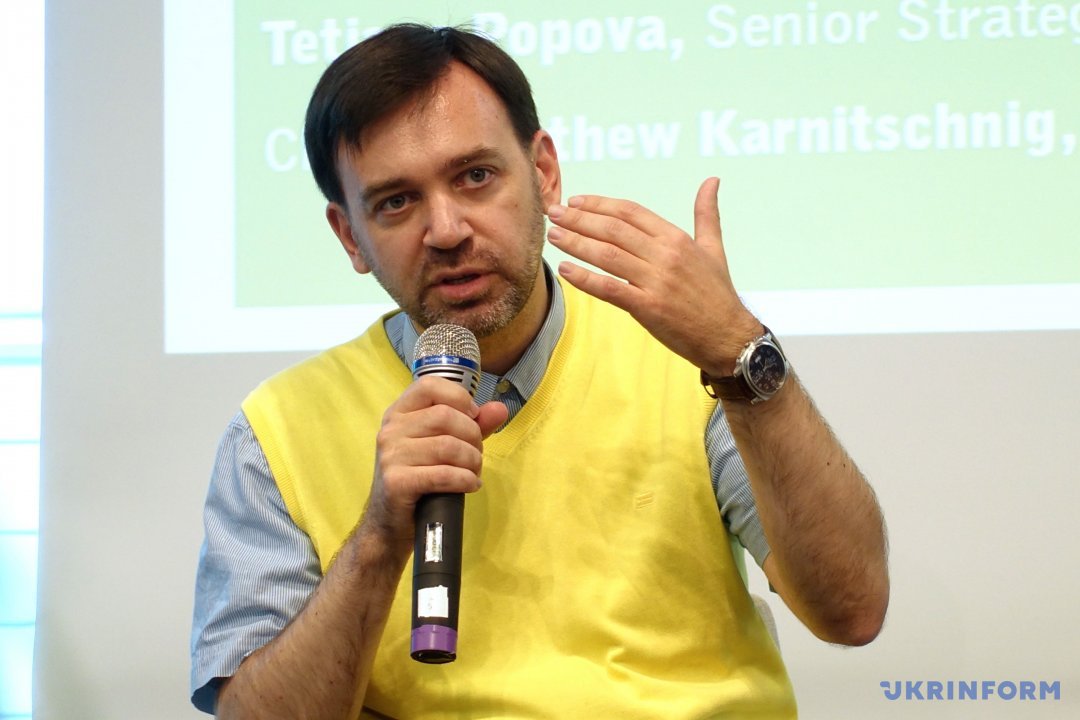
FIVE OBJECTIVES AND MAIN PURPOSE OF RUSSIAN DISINFORMATION
When we talk about the objectives of Russian disinformation I always quote Clint Watts, U.S. researcher of disinformation who did a great summary of why Russia is doing all that, first of all, to "undermine citizen confidence in the elected governments. Other is to foment and worsen divisive political fractures, to erode trust between citizens and elected officials and democratic institutions, to popularize Russian policy agendas within foreign populations, and finally to create general distrust or confusion over information sources by blurring the lines between fact and fiction."
In every country, Russian disinformation is looking for conflict lines. This is not one conflict line fitting all countries. They find conflict lines that are specific for each country and then try to make them bigger aiming for trust between citizens, elected officials, democratic institutions and media, because the main line is that nobody should trust anyone.
As an example, it is good to mention the narrative of MH17 again as a classic example which illustrates how this principle of Russian disinformation works. In the beginning, Russia was not providing one narrative that it was not Russia that shot down MH17. They were bombarding audiences with very different explanations, contradictory ones. To make sure that nobody understands anything and even stops trying to understand. The same could be noticed in the Salisbury case when in one single day three Russian ambassadors in different countries said three contradictory explanations about what happened with the Skripals. The purpose was to mislead people, get attention from the real political discourse and to open the way to alternative populistic views. This creates general distrust and confusion over information sources, misunderstanding between facts and fiction. This is basically the biggest damage that is done by disinformation. Because even those people who used to be quite media literate are losing their grasp of reality because of this intense bombarding of disinformation.
Recorded by Olga Budnyk, Ankara.

